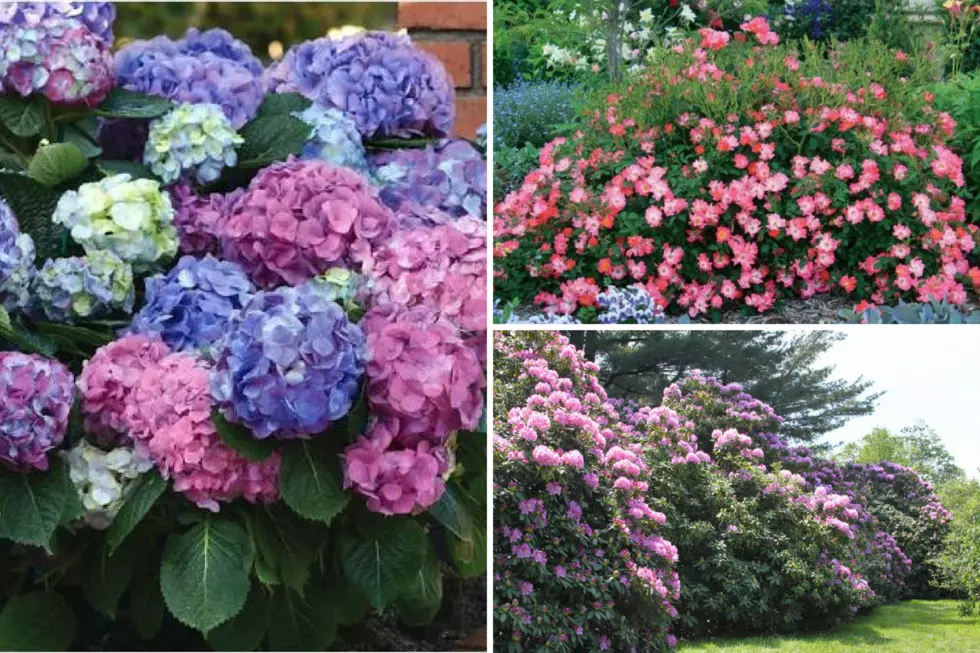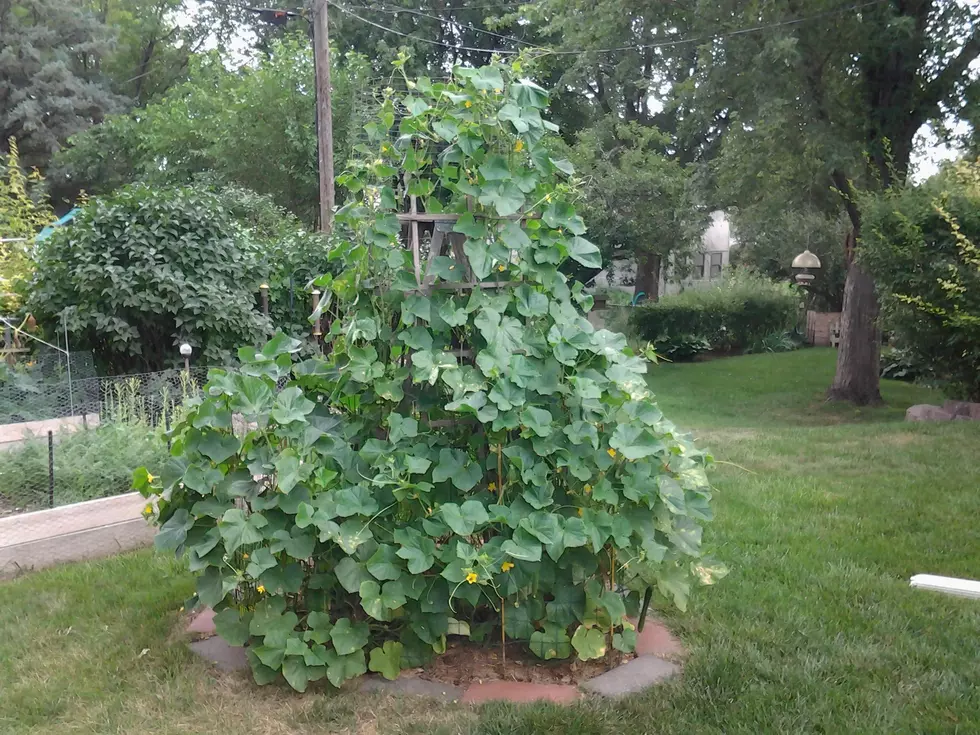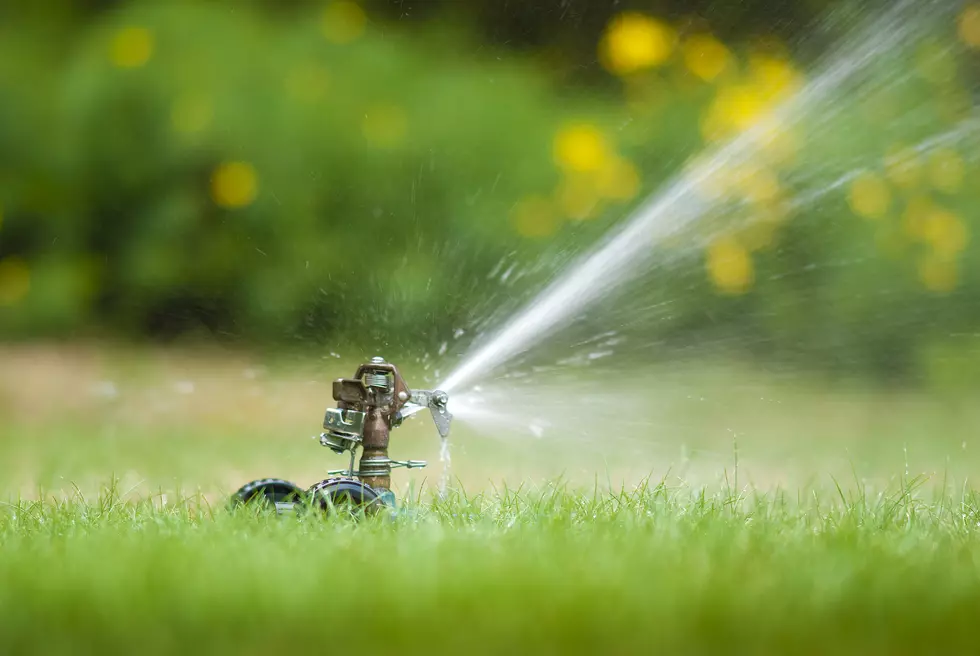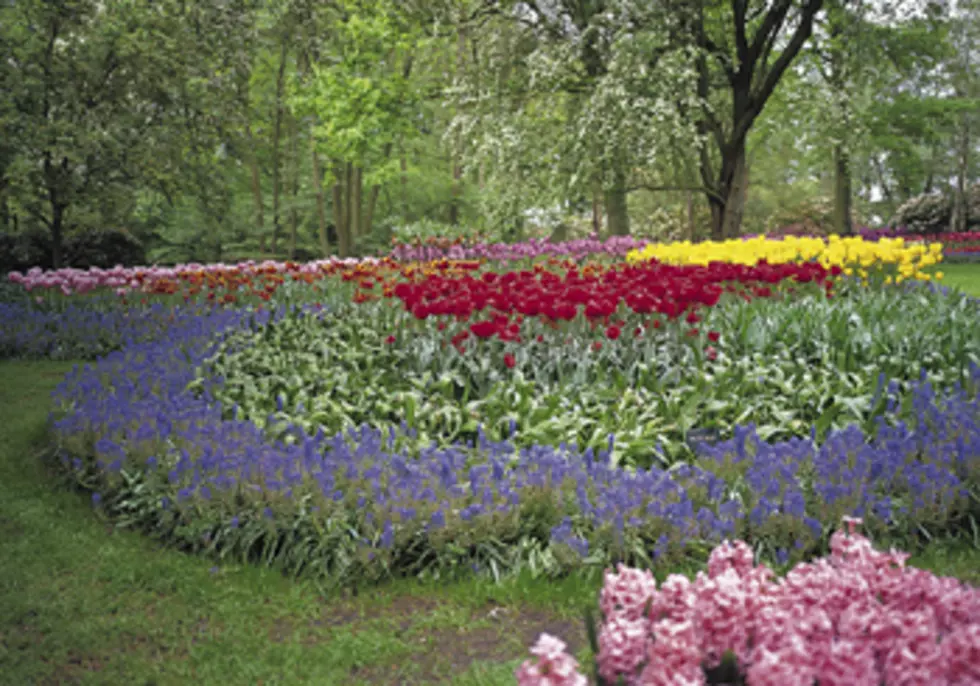
How’s It Growing: Psst-Want Some Herb? No Man, I Mean Rosemary & Thyme!
Adding herbs to your garden adds flavor for your palate. Whether making pesto, simmering a marinara sauce, or creating a caprese skewer, fresh herbs add a special touch. Deciding what herbs to grow depends on what you already use in your recipes and how adventurous you are!
Basic culinary herbs are basil, chives, cilantro, mint,oregano, parsley, rosemary, sage, tarragon, and thyme. When shopping for plants, you may be surprised to see different kinds of basil, sage, and tarragon.
To help in making a decision, rub a few of the leaves between your fingertips and give a sniff. This is also a good idea if you're looking to try a new herb.
Most herbs like well-drained soil, but sunlight requirements differ. Rosemary, oregano, thyme, and tarragon prefer more sunlight than basil, mint, cilantro, and chives.
Here are some other tips to keep in mind when growing herbs:
- There is usually no need to fertilize herbs and chemical fertilizers should always be avoided.
- Compost added to your garden or containers should be sufficient for your herbs to thrive.
- Water herbs when the soil is dry about two inches down. Pinch the top leaves back to grow bushy plants.
- Harvest herbs early in the morning to get the best flavor.
Traditionally, herbs were planted close to the kitchen, with the design being circular, as in a wheel. Herbs grown in containers work well, too. Containers can be repositioned to get optimal sunlight, but may need to be watered more frequently.
Wondering how to use the herbs that you've grow? Try tearing several leaves of basil over a freshly baked pizza, or as an appetizer, alternate basil leaves with tomatoes and mozzarella cheese, then drizzle with olive oil. Rosemary and oregano are wonderful additions when roasting potatoes. Cilantro is necessary to most salsas. Mint can be added to lemonade, or chopped and sprinkled over strawberries and ice cream.
More From KYBB-FM / B102.7









